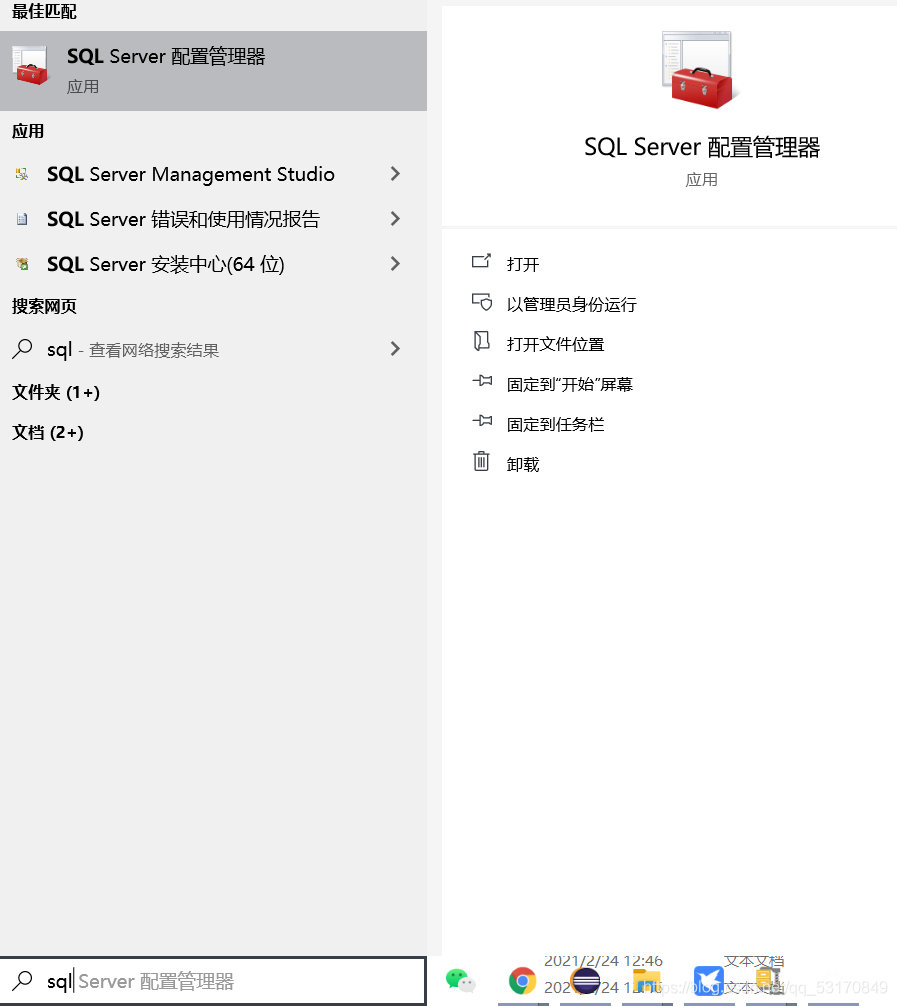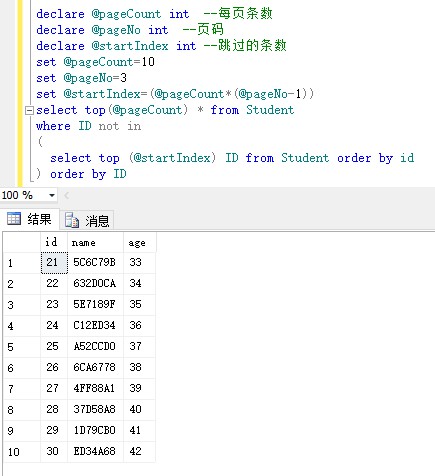沿途的风景美不胜收,真是让人流连忘返。人生就像一场旅行,不知道在下一站邂逅什么样的人,发生怎么样的故事!
废话不多说了,具体代码如下所示:
--SYSTEM表空间不足的报警
登录之后,查询,发现是sys.aud$占的地方太多。
SQL> select owner, segment_name, segment_type, sum(bytes)/1024/1024 space_m
from dba_segments
where tablespace_name = 'SYSTEM'
group by owner, segment_name, segment_type
having sum(bytes)/1024/1024 >= 20
order by space_m desc
;
4 5 6 7
OWNER SEGMENT_NAME SEGMENT_TYPE SPACE_M
-------- ------------------------------- -------
SYS AUD$ TABLE 4480
SYS IDL_UB1$ TABLE 272
SYS SOURCE$ TABLE 72
SYS IDL_UB2$ TABLE 32
SYS C_OBJ#_INTCOL# CLUSTER 27
SYS C_TOID_VERSION# CLUSTER 24
6 rows selected.
SQL>
查看是哪个记得比较多。
col userhost format a30
select userid, userhost, count(1) from sys.aud$
where ntimestamp# >=CAST(to_date('2014-03-01 00:00:00', 'YYYY-MM-DD hh24:mi:ss') AS TIMESTAMP)
group by userid, userhost
having count(1) > 500
order by count(1) desc
;
再继续找哪天比较多。
select to_char(ntimestamp#, 'YYYY-MM-DD') audit_date, count(1)
from sys.aud$
where ntimestamp# >=CAST(to_date('2014-03-01 00:00:00', 'YYYY-MM-DD hh24:mi:ss') AS TIMESTAMP)
and userid = 'xxxx' and userhost = 'xxxx'
group by to_char(ntimestamp#, 'YYYY-MM-DD')
order by count(1) desc
;
select spare1, count(1) from sys.aud$
where ntimestamp# between CAST(to_date('2014-03-10 00:00:00', 'YYYY-MM-DD hh24:mi:ss') AS TIMESTAMP)
and CAST(to_date('2014-03-11 00:00:00', 'YYYY-MM-DD hh24:mi:ss') AS TIMESTAMP)
and userid = 'xxxx' and userhost = 'xxxx'
group by spare1
;
select action#, count(1) from sys.aud$
where ntimestamp# between CAST(to_date('2014-03-10 00:00:00', 'YYYY-MM-DD hh24:mi:ss') AS TIMESTAMP)
and CAST(to_date('2014-03-11 00:00:00', 'YYYY-MM-DD hh24:mi:ss') AS TIMESTAMP)
and userid = 'xxxx' and userhost = 'xxxx'
and spare1 = 'xxxx'
group by action#
order by count(1) desc
;
结果如下:
ACTION# COUNT(1)
---------- ----------
101 124043
100 124043
SQL>
其实是上次打开的audit一直没有关闭。
关闭:
SQL> noaudit session;
清空:
truncate table sys.aud$;
------------------------------------------------------------------------
实战
------------------------------------------------------------------------
--1,查询表空间占用情况
select dbf.tablespace_name as tablespace_name,
dbf.totalspace as totalspace,
dbf.totalblocks as totalblocks,
dfs.freespace freespace,
dfs.freeblocks freeblocks,
(dfs.freespace / dbf.totalspace) * 100 as freeRate
from (select t.tablespace_name,
sum(t.bytes) / 1024 / 1024 totalspace,
sum(t.blocks) totalblocks
from DBA_DATA_FILES t
group by t.tablespace_name) dbf,
(select tt.tablespace_name,
sum(tt.bytes) / 1024 / 1024 freespace,
sum(tt.blocks) freeblocks
from DBA_FREE_SPACE tt
group by tt.tablespace_name) dfs
where trim(dbf.tablespace_name) = trim(dfs.tablespace_name)
--2,查看哪里占的比较多 SYSTEM 为step1中查询 tablespace_name 内容
select owner, segment_name, segment_type, sum(bytes)/1024/1024 space_m
from dba_segments
where tablespace_name = 'SYSTEM'
group by owner, segment_name, segment_type
having sum(bytes)/1024/1024 >= 20
order by space_m desc
--3,查看是哪个记得比较多 count(1) 越大,说明占得比较多
select userid, userhost, count(1) from sys.aud$
where ntimestamp# >=CAST(to_date('2014-03-01 00:00:00', 'YYYY-MM-DD hh24:mi:ss') AS TIMESTAMP)
group by userid, userhost
having count(1) > 500
order by count(1) desc
--4,再继续找哪天比较多 userid userhost 为上一步查询内容
select to_char(ntimestamp#, 'YYYY-MM-DD') audit_date, count(1)
from sys.aud$
where ntimestamp# >=CAST(to_date('2015-03-01 00:00:00', 'YYYY-MM-DD hh24:mi:ss') AS TIMESTAMP)
and userid = 'userid' and userhost = 'userhost'
group by to_char(ntimestamp#, 'YYYY-MM-DD')
order by count(1) desc
;
select spare1, count(1) from sys.aud$
where ntimestamp# between CAST(to_date('2016-03-10 00:00:00', 'YYYY-MM-DD hh24:mi:ss') AS TIMESTAMP)
and CAST(to_date('2016-12-11 00:00:00', 'YYYY-MM-DD hh24:mi:ss') AS TIMESTAMP)
and userid = 'userid' and userhost = 'userhost'
group by spare1
;
--spare1 为上一步查询内容
select action#, count(1) from sys.aud$
where ntimestamp# between CAST(to_date('2016-03-10 00:00:00', 'YYYY-MM-DD hh24:mi:ss') AS TIMESTAMP)
and CAST(to_date('2016-12-11 00:00:00', 'YYYY-MM-DD hh24:mi:ss') AS TIMESTAMP)
and userid = 'userid' and userhost = 'userhost'
and spare1 = 'Administrator'
group by action#
order by count(1) desc
--5,关闭seeion
noaudit session;
--6,清空:
truncate table sys.aud$;
总结
以上所述是小编给大家介绍的System表空间不足的报警,希望对大家有所帮助,如果大家有任何疑问请给我留言,小编会及时回复大家的。在此也非常感谢大家对网站的支持!
以上就是System表空间不足的报警问题浅析。市场永远不变的法则,就是永远在变。”变易,不易,筒易“《易经》上这样说。更多关于System表空间不足的报警问题浅析请关注haodaima.com其它相关文章!





